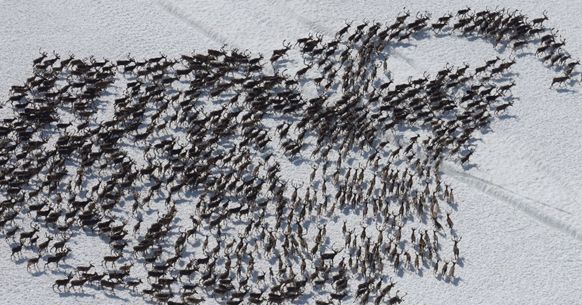| 10/12

| 10/12




• No effect
• Susceptibility (S1).
• Susceptibility + shedding duration (S2).
• Susceptibility + duration + clinical shedding level (S3).
We based assumptions on literature on closely related species with similar PRNP alleles |
5/12

• No effect
• Susceptibility (S1).
• Susceptibility + shedding duration (S2).
• Susceptibility + duration + clinical shedding level (S3).
We based assumptions on literature on closely related species with similar PRNP alleles |
5/12
| 4/12

| 4/12




| 4/13

| 4/13


